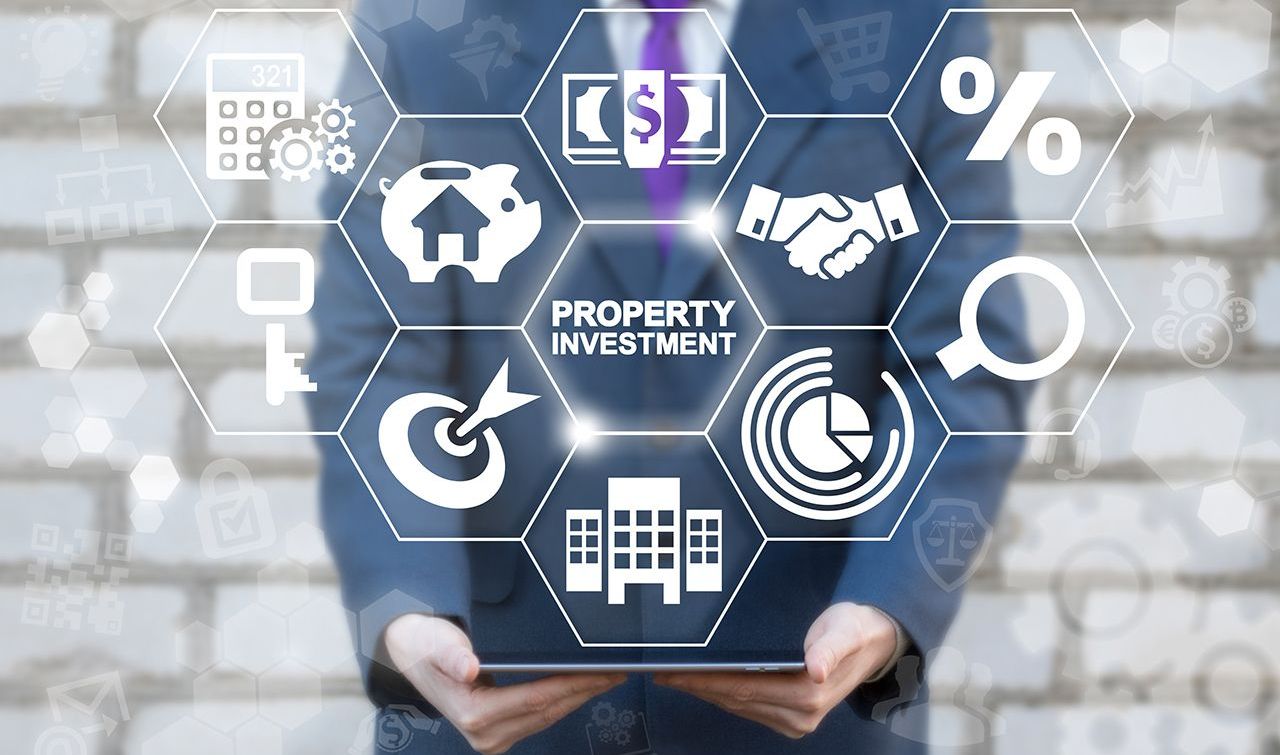Commercial real estate loans are used to develop, purchase, or renovate income-producing property. The property can be owner-occupied, leased to tenants, or a combination of both.
What Are the Different Types of Commercial Real Estate Loans?
There are a variety of commercial real estate loans available, depending on what the loan will be used for:
- Banks and institutional lenders such as insurance companies are a good source for traditional, longer-term buy-and-hold commercial real estate loans.
- Construction loans are shorter-term loans with periodic payment releases as development on a project progresses.
- Bridge loans provide interim financing between the time a construction loan ends and a longer-term loan from a bank or institutional lender begins.
- SBA loans and programs are available to small businesses through SBA lenders to purchase, renovate, or develop commercial real estate.
- Crowdfunding real estate loans are a form of group investing done through online websites where large numbers of investors contribute smaller amounts of money to fund real estate projects in exchange for a share of the income and profit when the project is sold.
- Hard money is a form of private lending usually used by fix-and flip borrowers. These loans have higher interest rates and require larger down payments than other types of commercial loans.
How Are Commercial Real Estate Loans Different from Home Loans?
In addition to being used for commercial property, commercial real estate loans are different from traditional home loans in several ways:
- Term length – while home loans are usually for 30 years, commercial real estate loan periods are normally between five and 20 years in length.
- Loan amount – commercial real estate lenders typically require a down payment of 20% to 30% of the appraised property value, also known as the loan-to-value, or LTV.
- Balloon payment – commercial real estate loans aren’t fully amortized, meaning that when the loan becomes due a final lump-sum balloon payment will need to be made, or the property will need to be refinanced with a new loan, or sold.
- Mortgage insurance – there’s no lender’s insurance with commercial real estate financing, which is one of the reasons why down payment requirements and interest rates are higher.
- Bank reviews – commercial real estate lenders often require the borrower to provide quarterly financial reports such as cash flow, income, balance sheet, and bank statements – even if the loan payments are being made on time.
There’s also a big difference in the loan pricing, interest rates, and fees with commercial real estate financing.
What Affects the Rates and Fees on A Commercial Loan?
Unlike residential financing, where mortgages are similar from one lender to another, rates and fees for commercial real estate loans can vary dramatically depending on the lending institution.
Some of the factors that influence the total cost of a commercial loan to a borrower include:
- Business experience of borrower,
- Business that the borrower is in,
- Credit and access to additional working capital (excluding the commercial loan) that the borrower has,
- Type of property being purchased or developed – office buildings, retail strip, or apartments,
- Location of the property,
- Debt coverage ratio, which represents how much cash flow is left over after all of the operating expenses have been paid, including the loan payment,
- Risk appetite of the lender at that point in time, and the lender’s overall commercial real estate loan portfolio.
Why Do Commercial Real Estate Loans Cost More?
Commercial real estate loans inherently have more risk to the lender than residential loans do. That’s because while people always need a place to live, businesses can come and go in the blink of an eye. So, commercial real estate lenders do whatever they can to reduce the risk in each loan that they make.
Borrowers who finance commercial real estate can expect to pay interest rates several percentage points higher than a home loan, make a larger down payment, and pay much bigger fees for due diligence and origination than they would with a residential loan.
It pays to have perseverance when shopping around for a commercial real estate loan. Because risk appetites vary greatly from one commercial real estate lender to another, borrowers often find that after being turned down by numerous lenders, they will eventually find a lender that says yes to their loan request.
What Are Some Tips for Getting A Commercial Real Estate Loan?
Because there are so many types of commercial real estate loans, it’s important for businesses to fully understand their options. Are they rehabbing, developing, refinancing, owner occupying, or fixing and flipping? Choosing the wrong commercial loan can have expensive consequences for a company’s bottom line.
Next, the borrower needs to think like a commercial real estate lender. Remember, reducing risk is the #1 priority that banks have when giving commercial real estate loans.
Before approaching a commercial lender, a business borrower should have a budget put together and financial statements prepared by an accountant or CPA. From those documents, a borrower will create a business plan and loan proposal that shows the lender how the loan will be used, and when and how the commercial real estate loan will be paid off.









